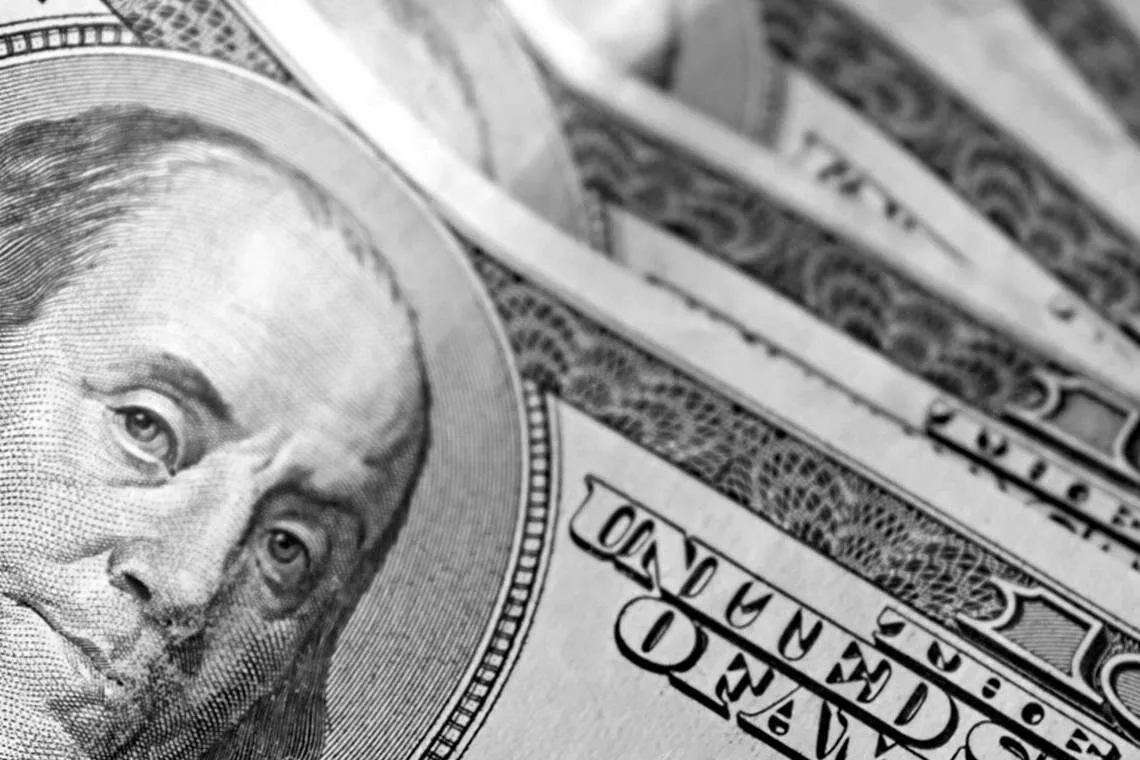The US Department of Labor released its expected August employment report on Friday, which did not paint the clearest possible picture of the state of the economy.
About 45 minutes after the report was released, the US two-year bond market rate was down 3.9 basis points at 3.704 percent. The ten-year-old was looking for his direction. The dollar did the same in the foreign exchange market.
The stock market futures still showed a bearish opening on Wall Street during the day. After the numbers, Dow Jones and S&P 500 futures were looking for direction, but the Nasdaq was still flashing red.
Based on the interest rate market movements, investors seem to think that the probability of a 0.50 percent interest rate cut by the Fed increased.
The unemployment rate fell as predicted
The unemployment rate in the United States fell from 4.3 percent in July to 4.2 percent, as expected by the median of forecasts collected from economists by information service Bloomberg.
Non-agricultural jobs were created less than the median forecast: 142,000, compared to expectations of 165,000. The figures for July were corrected to 89,000 from the previously reported 114,000.
In industry, jobs decreased by 24,000, while expectations were for a decrease of 2,000 jobs. The reading for July was corrected to 6,000 from the previous 1,000.
Figures that are difficult to interpret
According to Michael Brown, a strategist at the Australian brokerage Pepperstone, the figures did not bring clarity to what the US central bank, the Fed, will do on September 18.
Evli’s chief strategist Valtteri Ahti and OP’s senior market economist Jari Hännikäinen state the same thing in their e-mail comments: the report left a divided picture of the labor market situation.
“142,000 new jobs were created, while the market expected 165,000 thousand. The unemployment rate improved again. The new jobs in the previous two reports were revised down by a total of 86,000. The report was on the weaker side, but not as weak as the market feared,” Ahti assessed the report.
According to Hännikäinen, the US labor market has undeniably cooled down during the summer. For example, the rate of job creation has moderated and the unemployment rate has increased.
